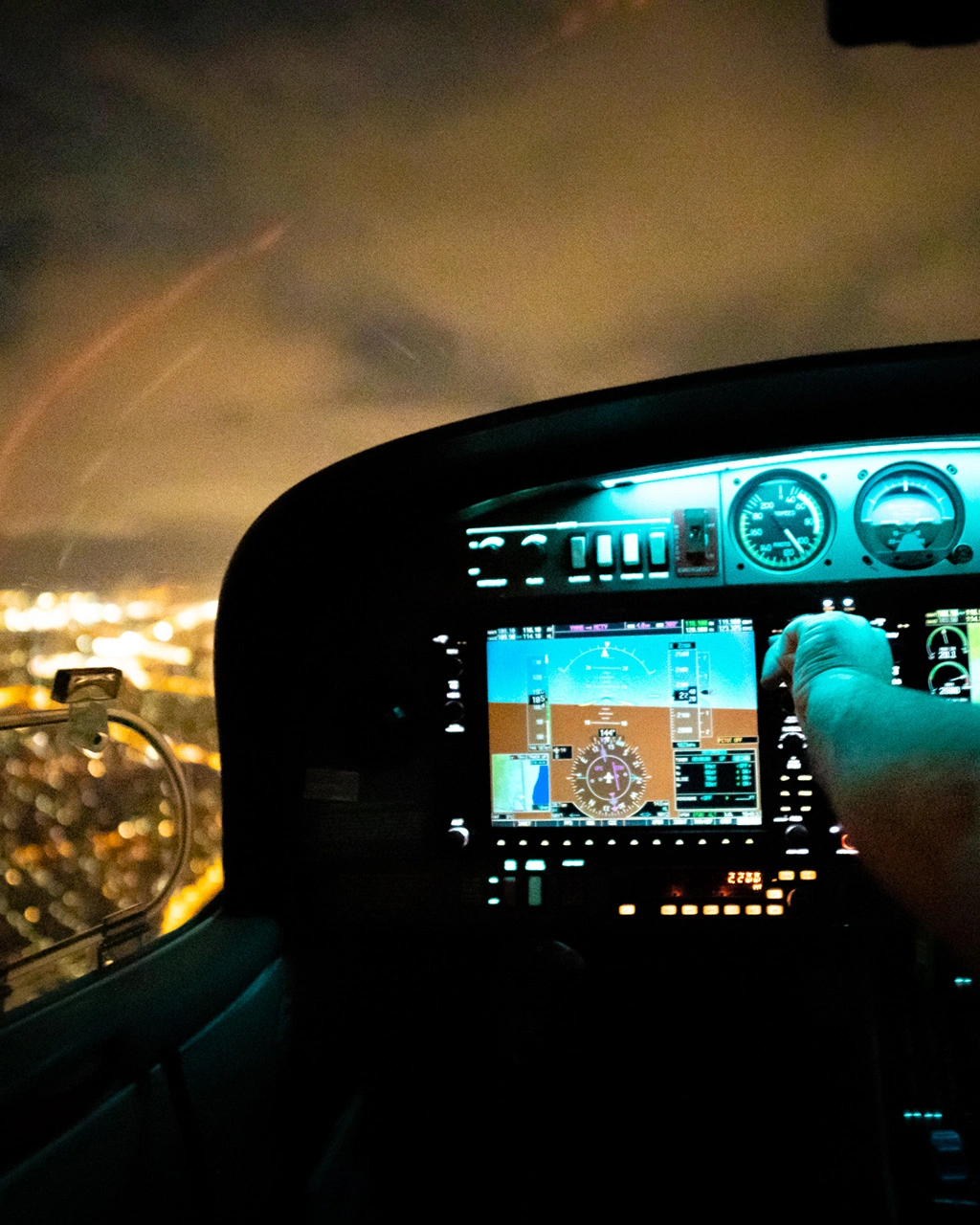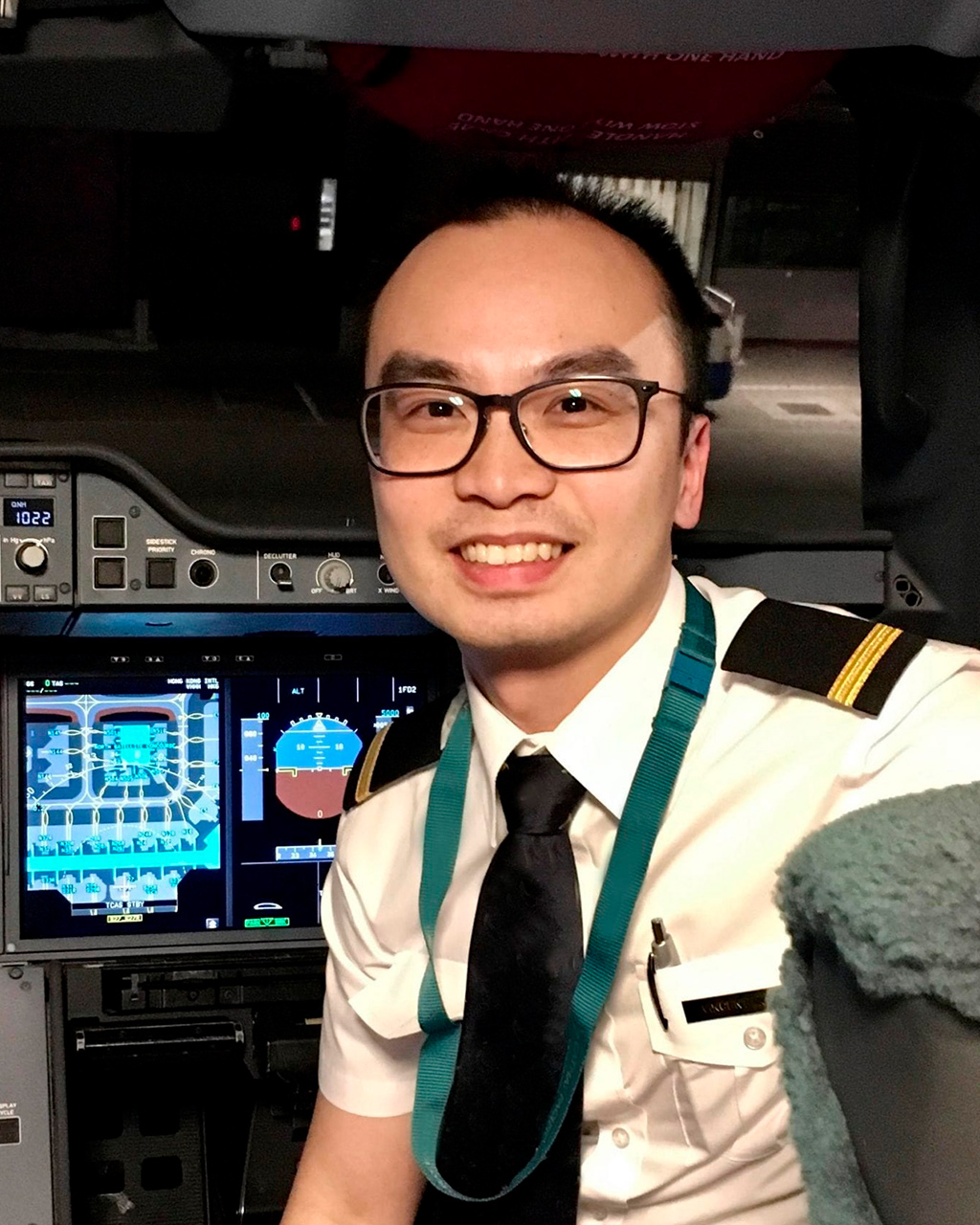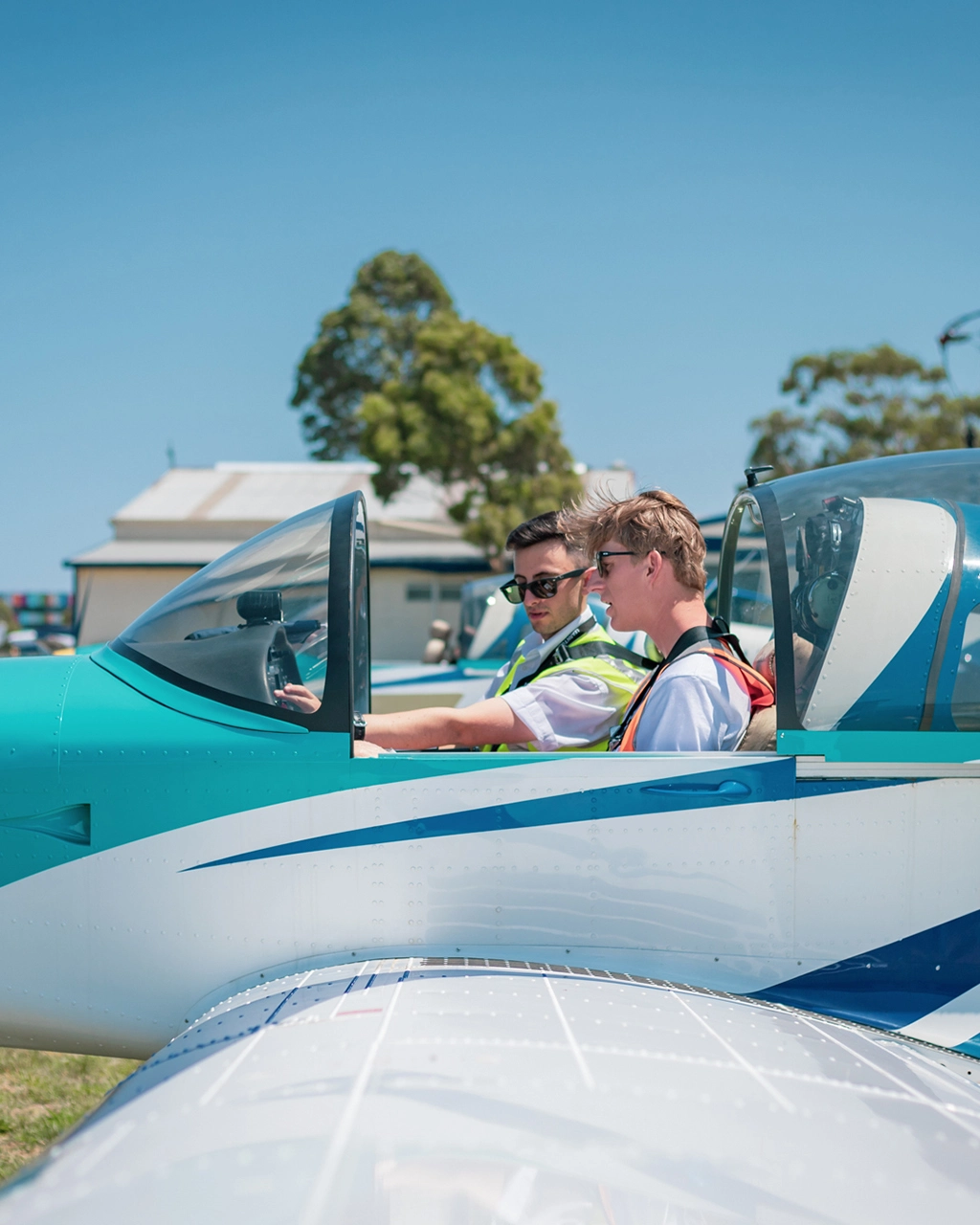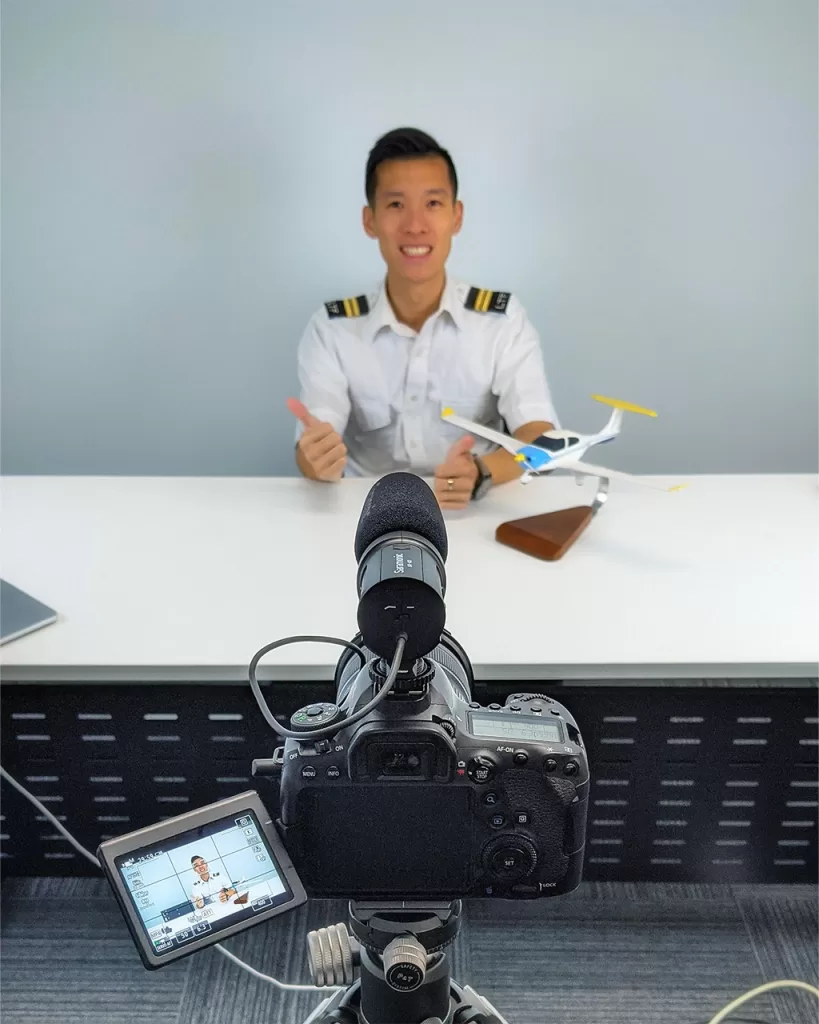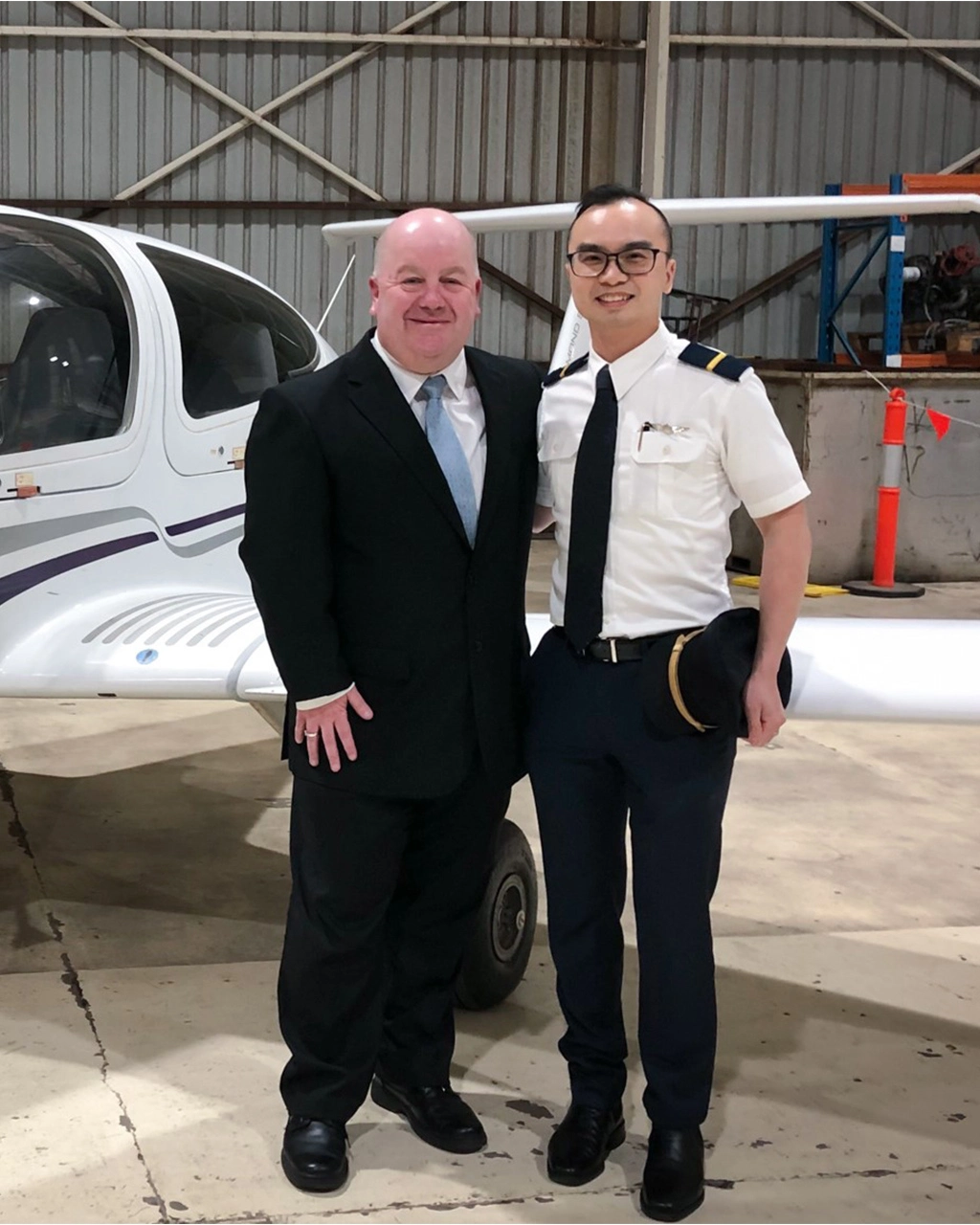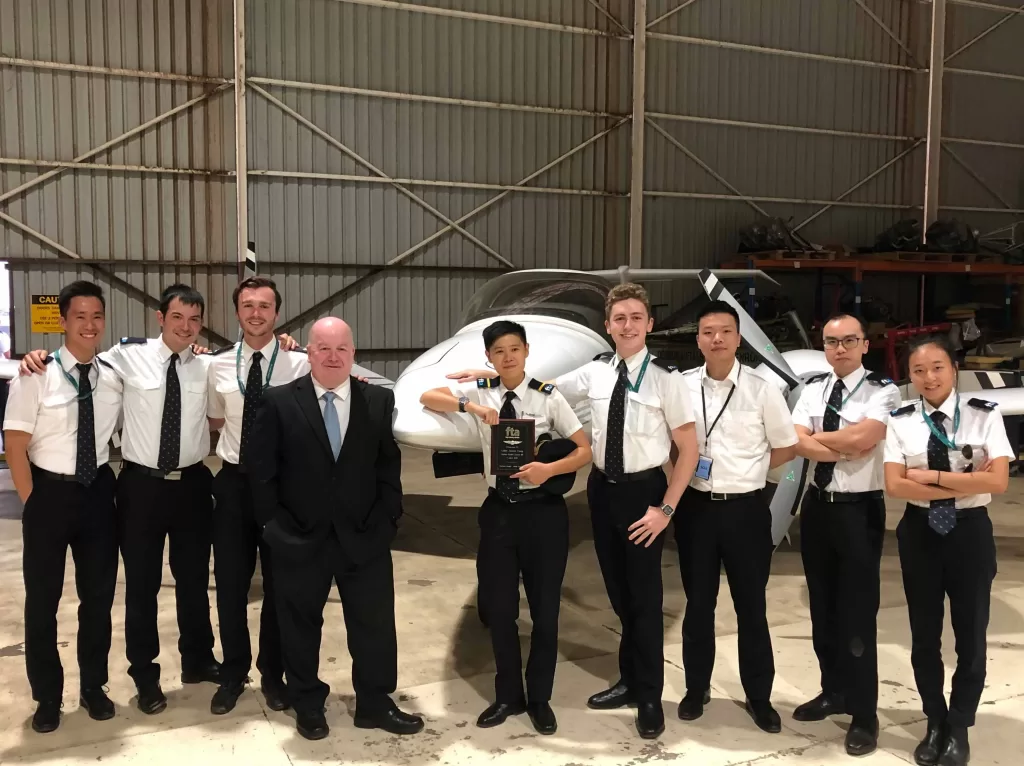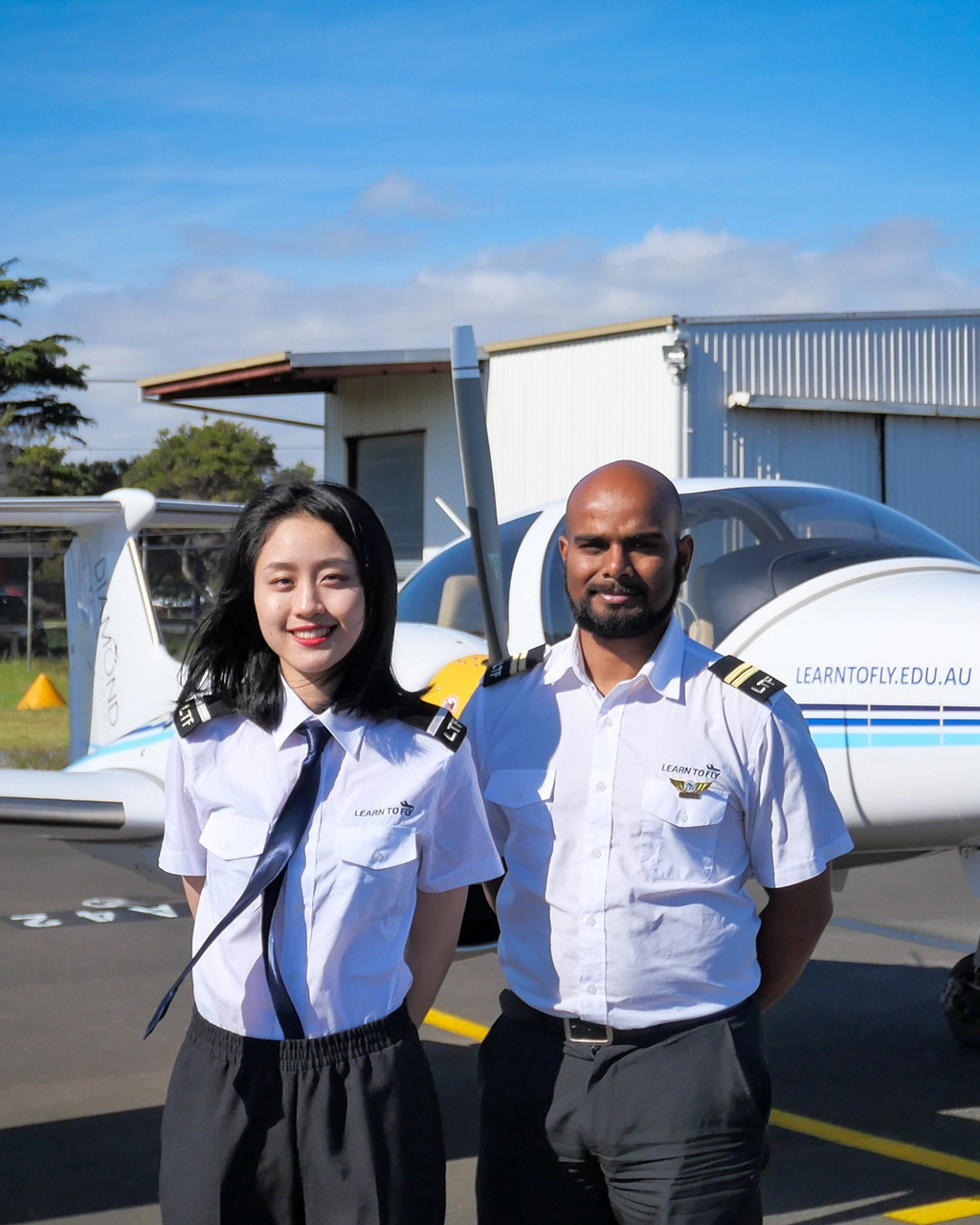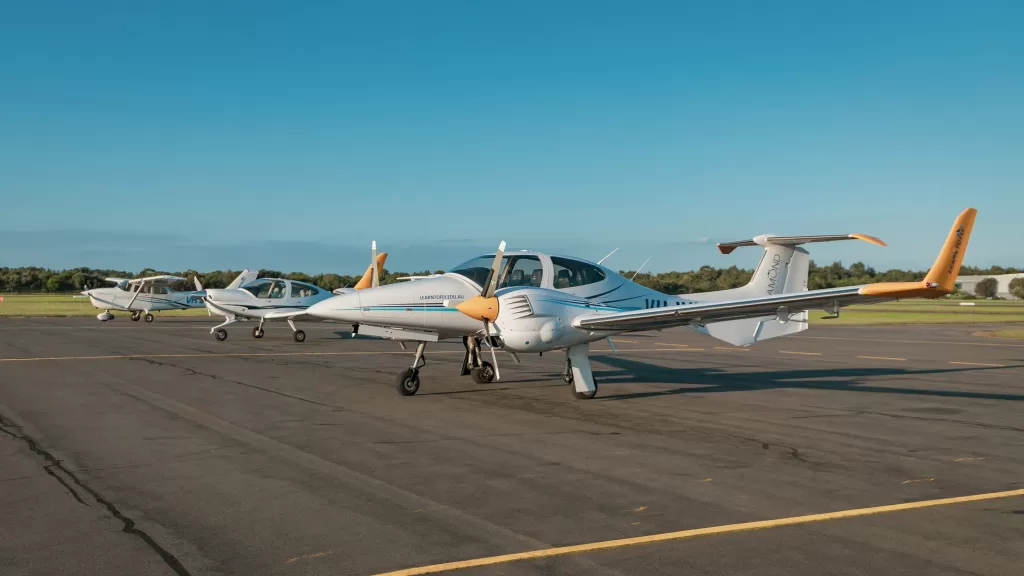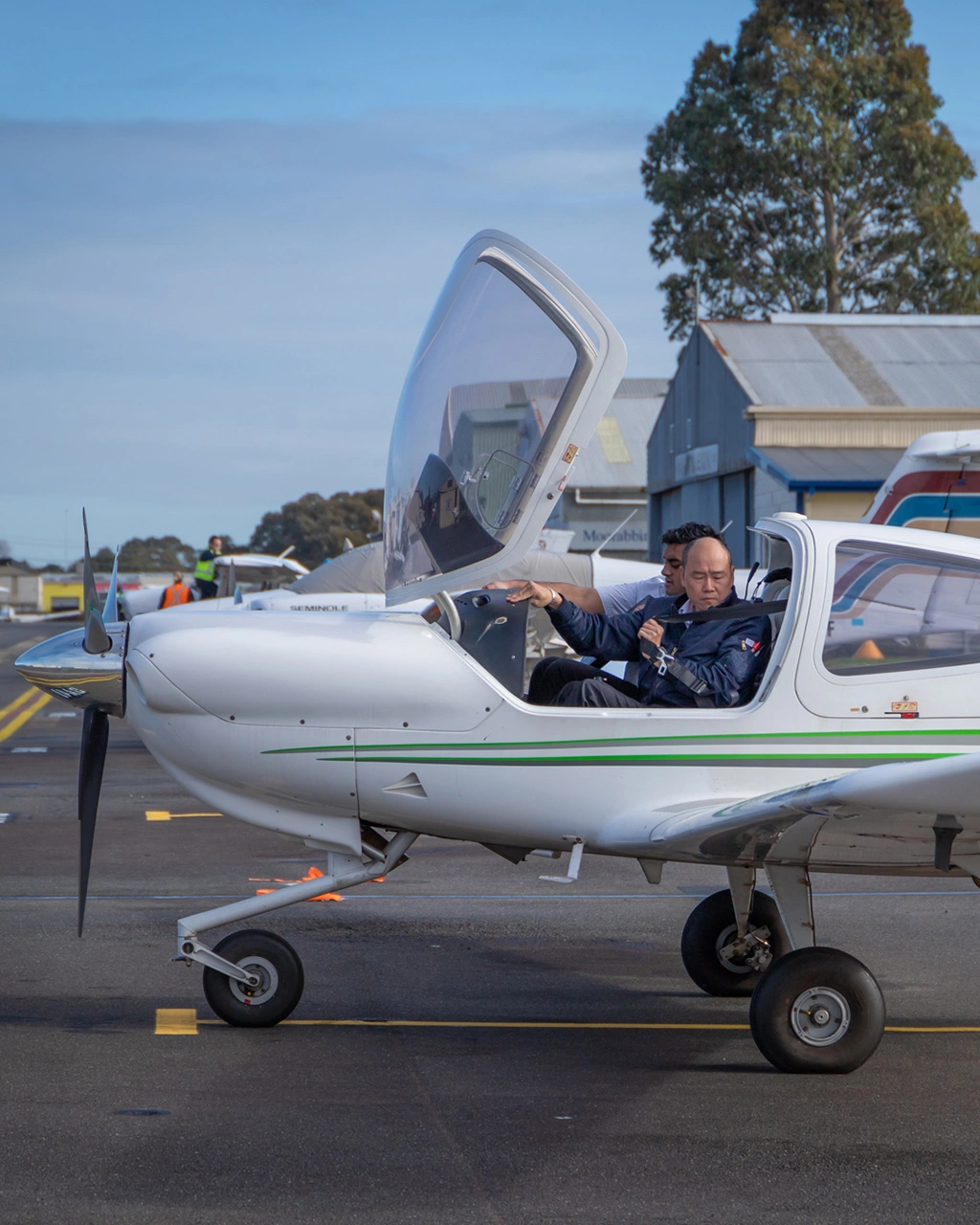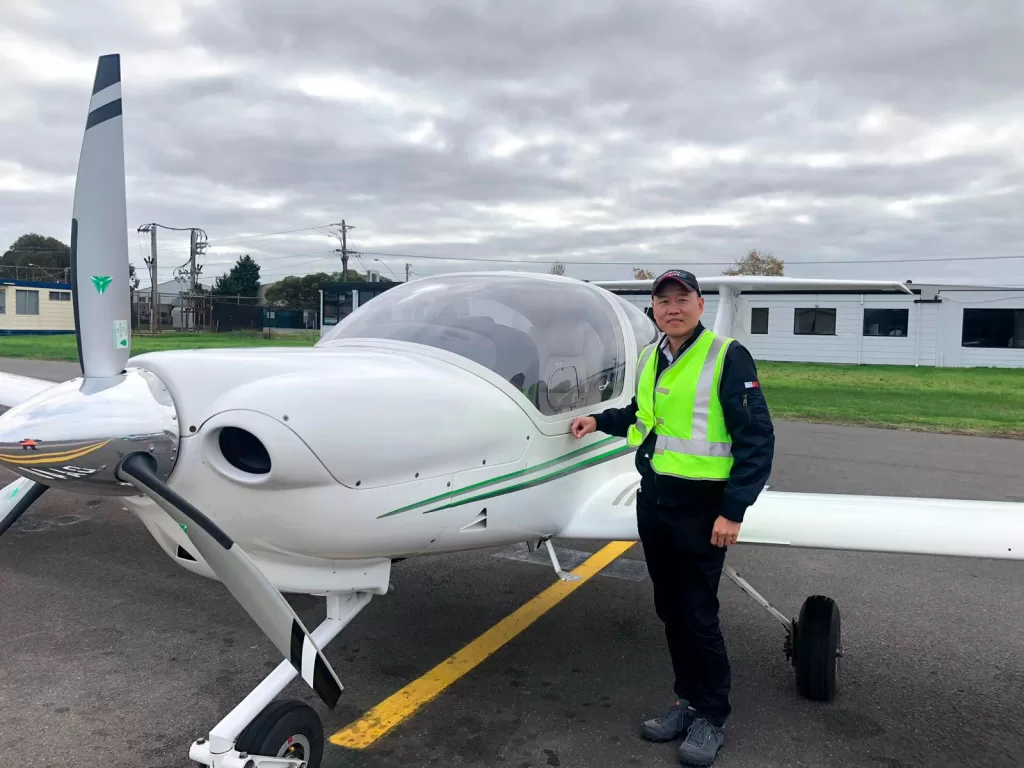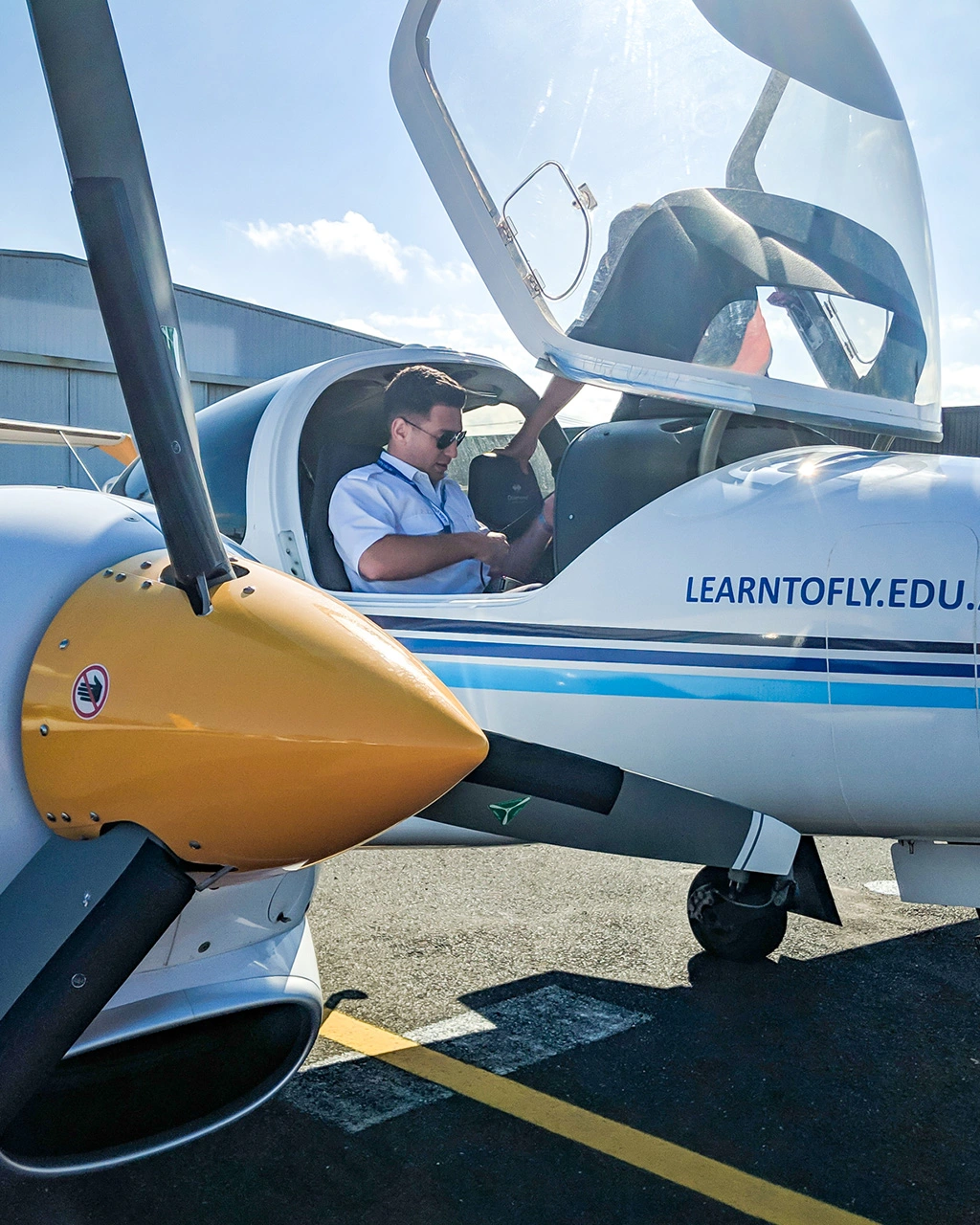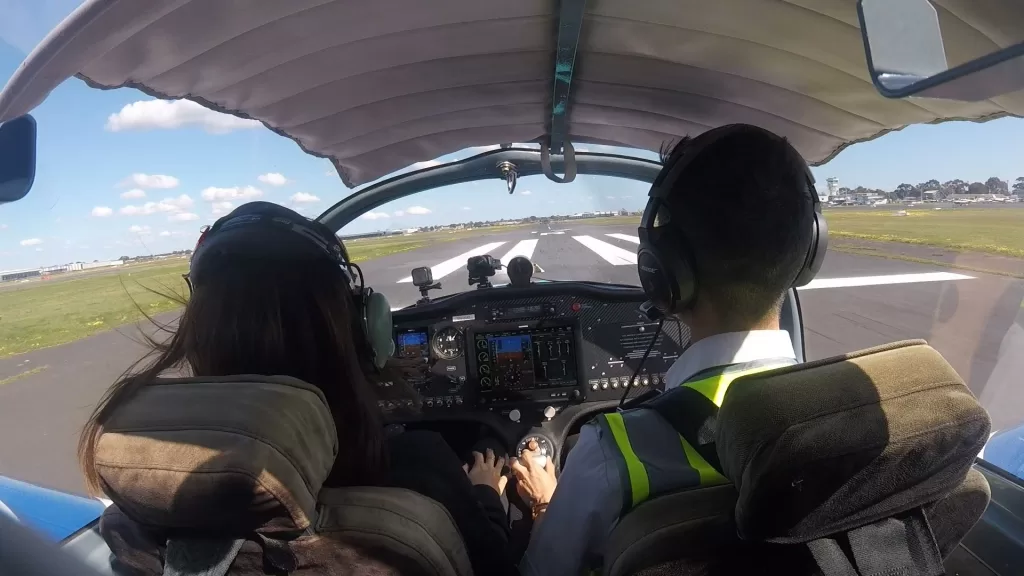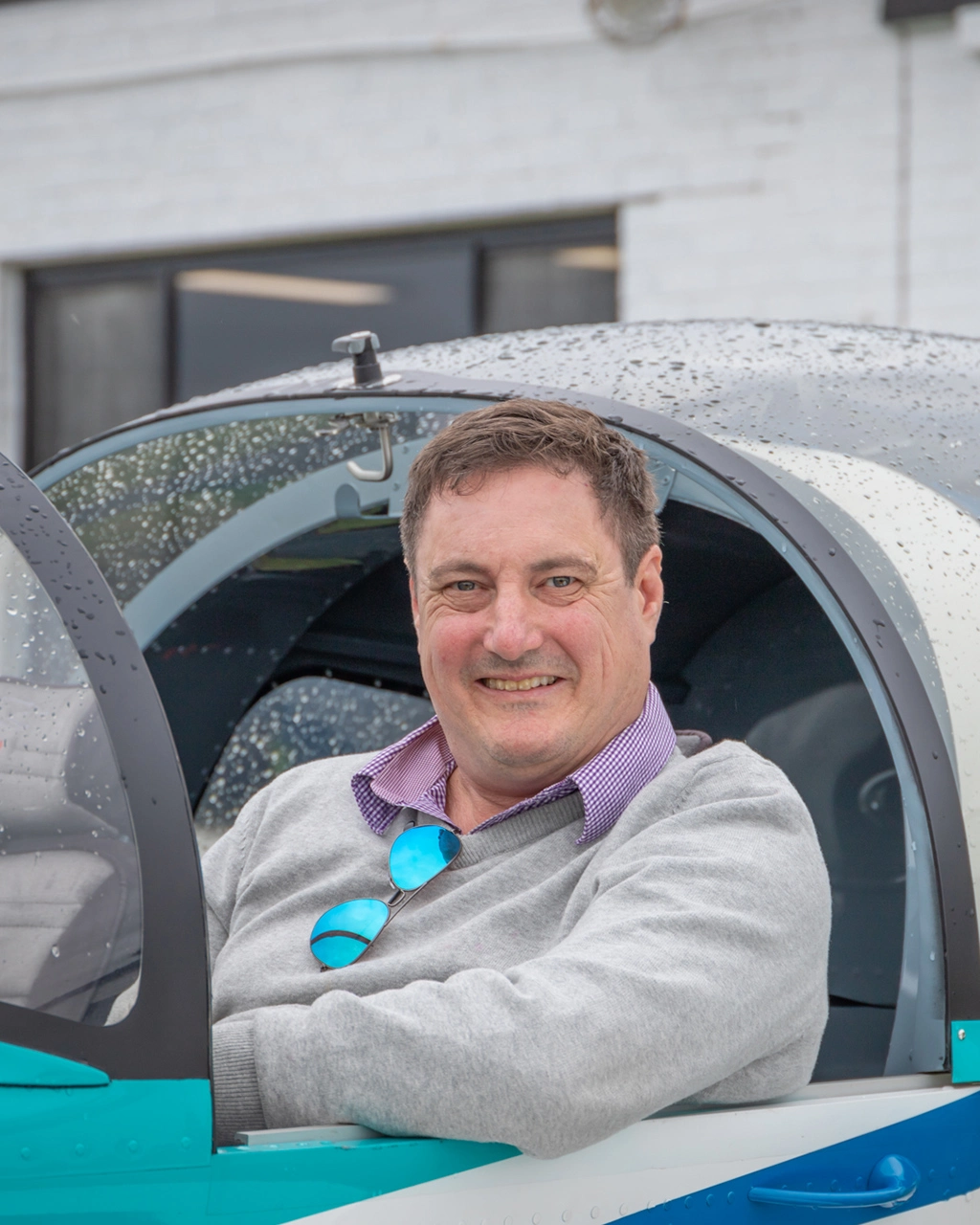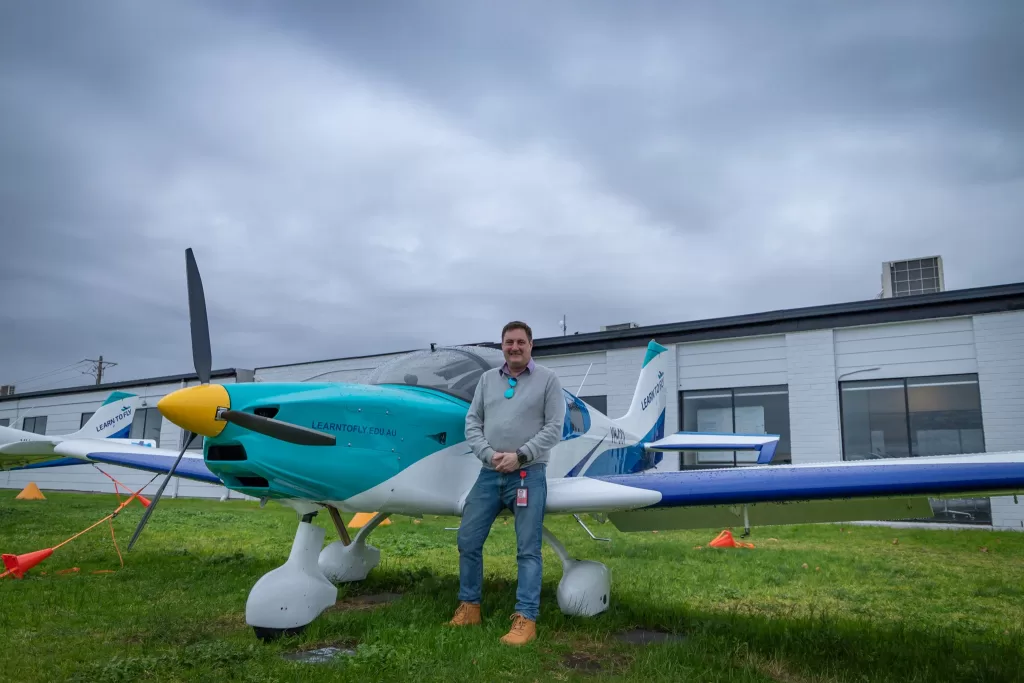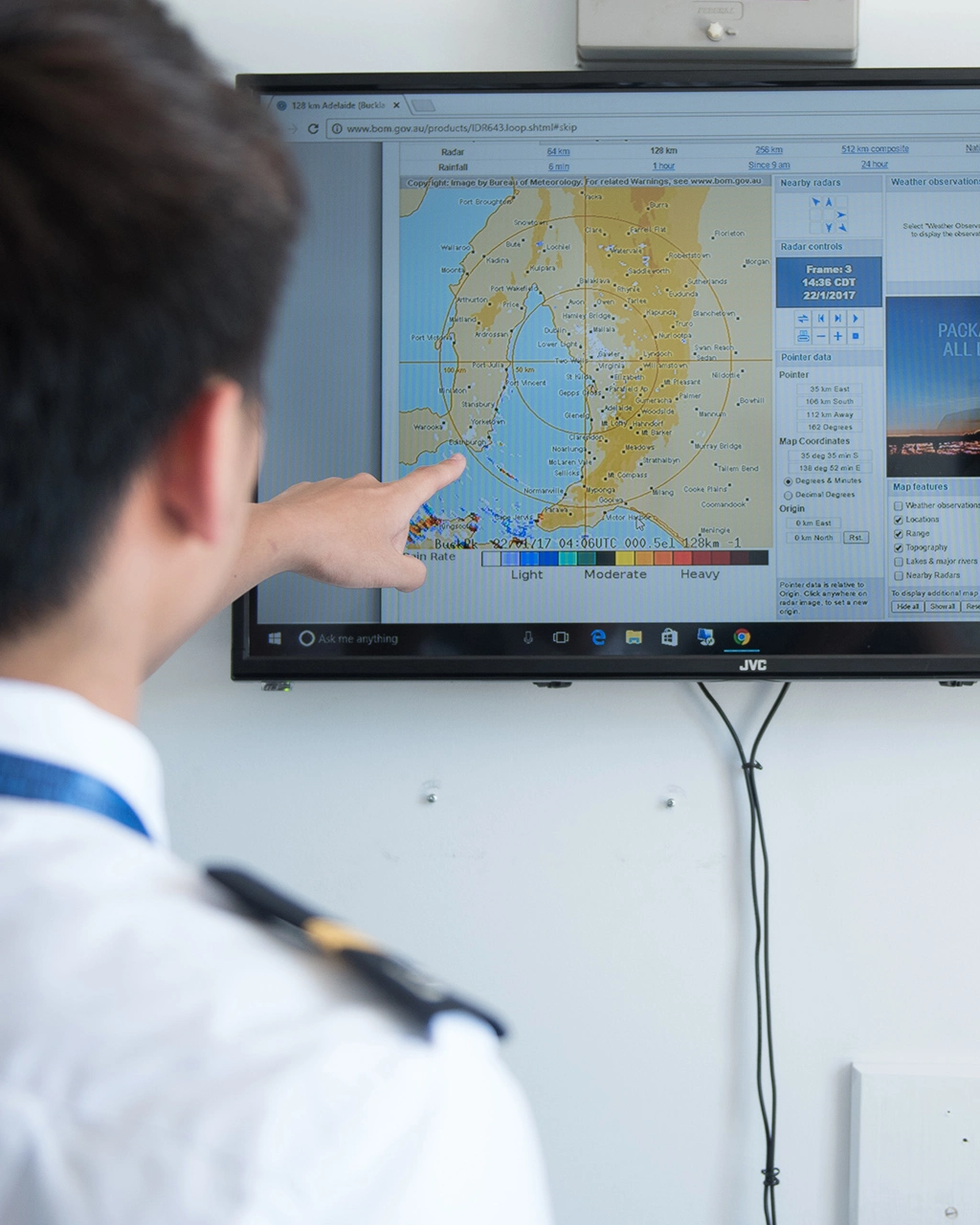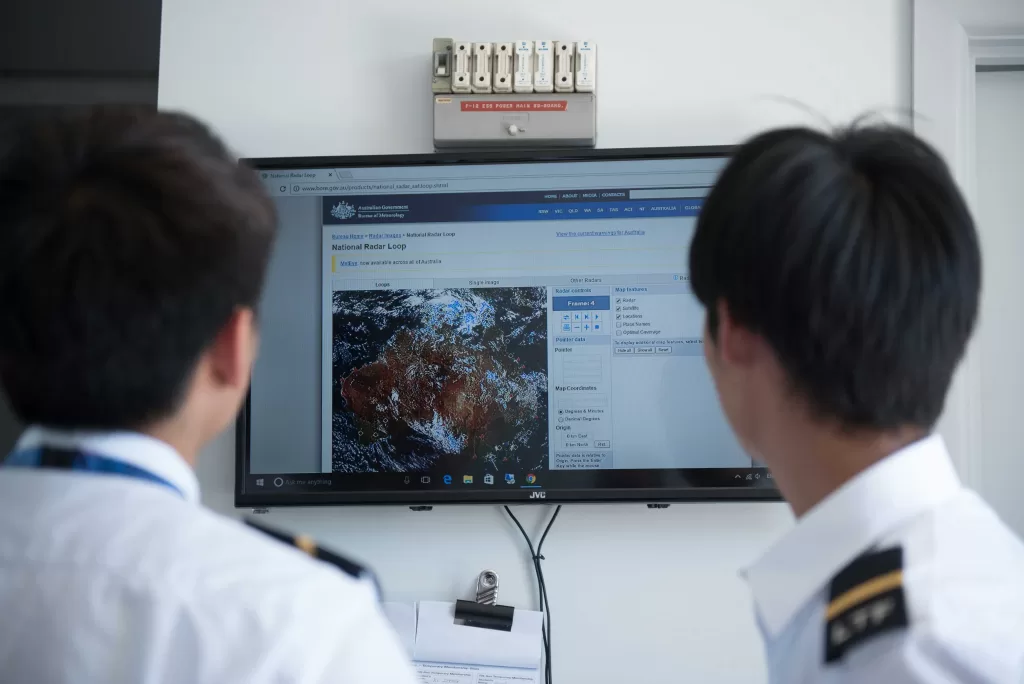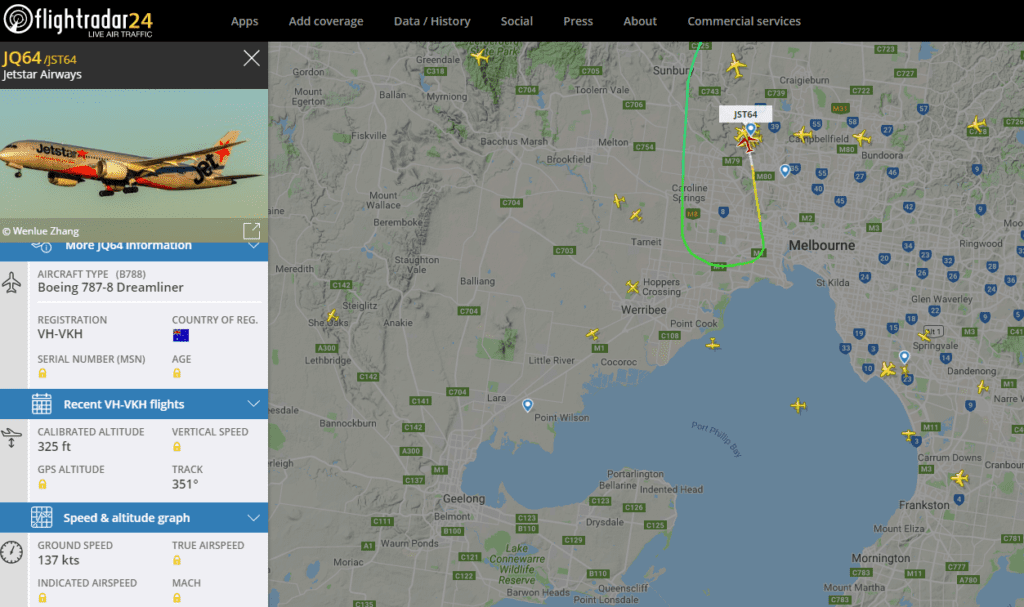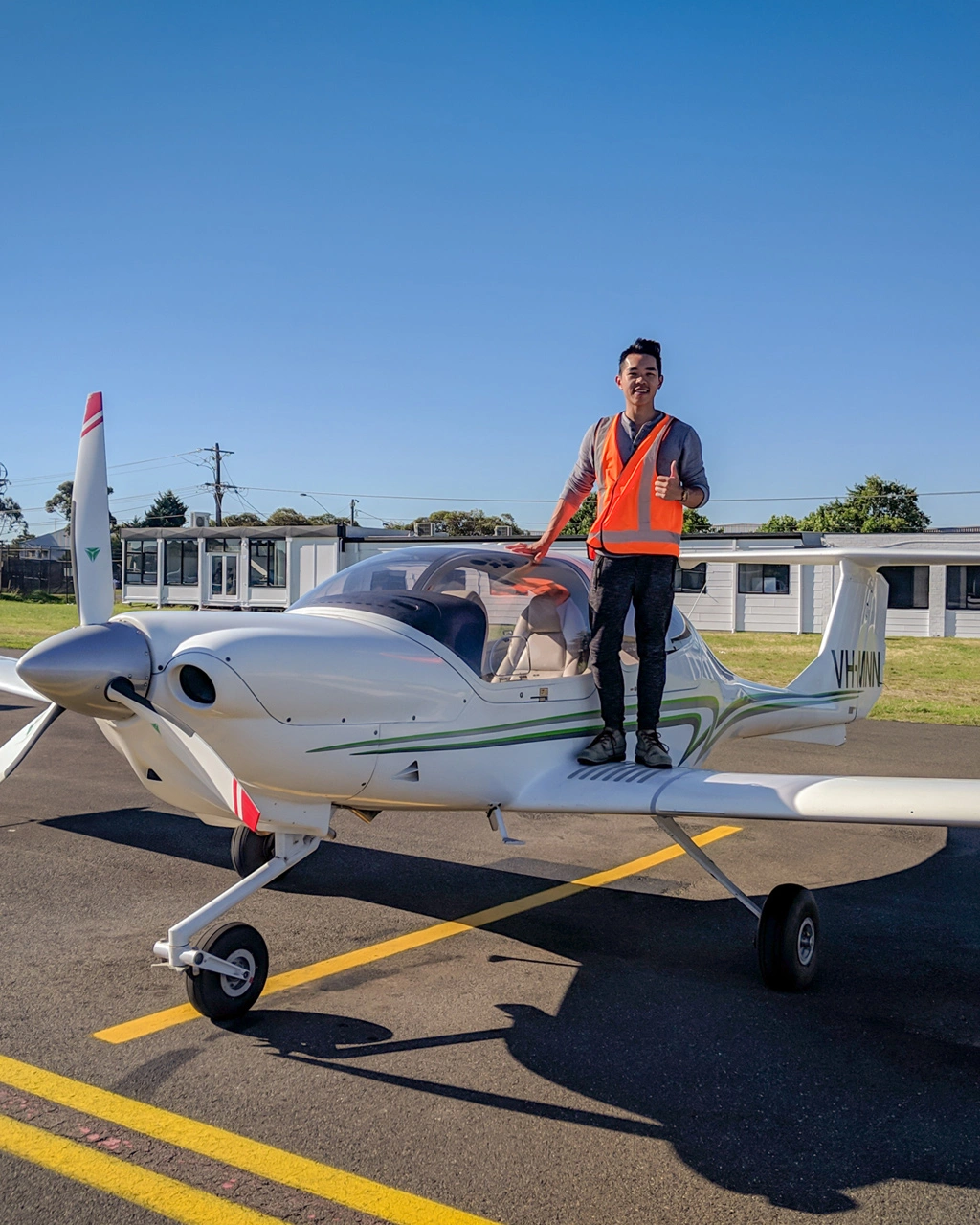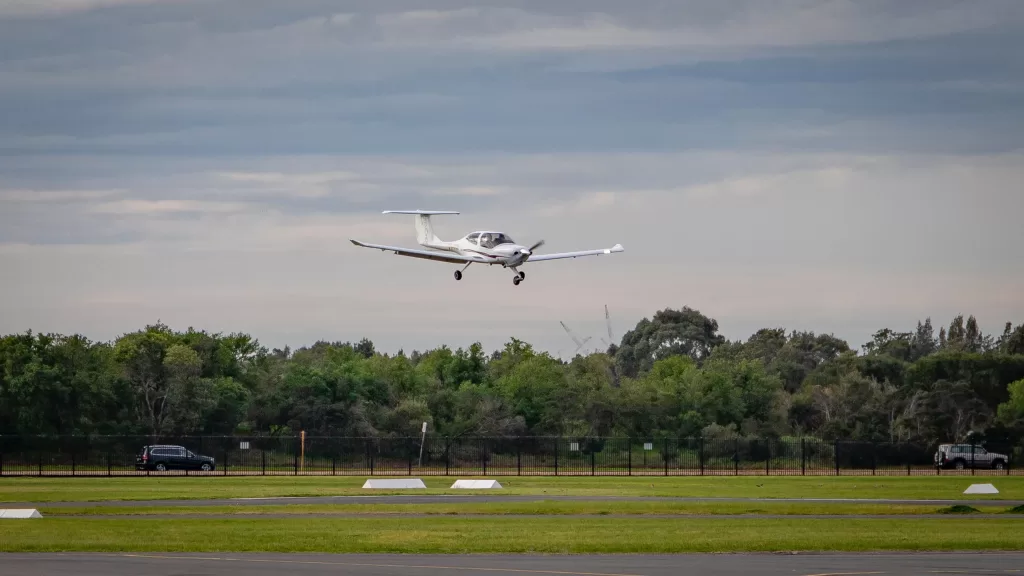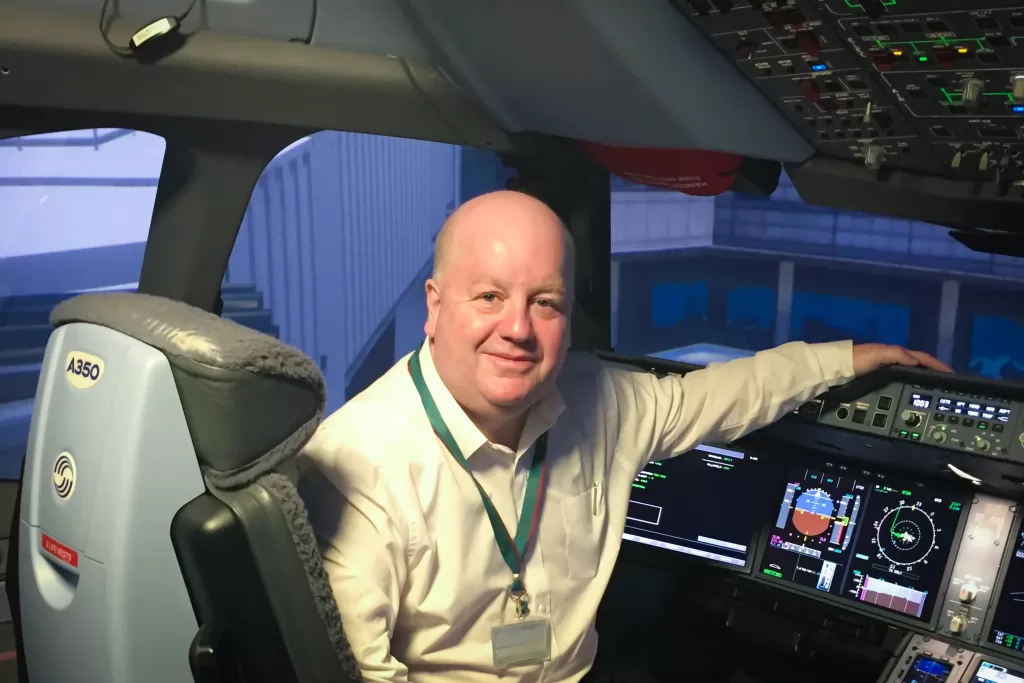We recently published a blog from airline Second Officer Vincent Mok, who talked about how important completing an Instrument Rating (IFR) flight training course was to his career. An Instrument Rating really does open up a whole new world of flying for you. It allows to you to plan and fly in a far greater range of light and weather conditions. No longer restricted to daylight and clear skies, it can also drastically reduce the time it takes you to build flight hours.
What is Instrument Flight Training?
Under Visual Flight Rules (VFR) conditions, the weather and light must be better than the visual meteorological conditions (VMC), as specified by CASA. You must be able to operate the aircraft with visual reference to the ground, and by visually avoiding obstructions and other aircraft.
Instrument Flight Rules (IFR) Flight Training teaches you to fly using the aircraft’s instruments rather than relying on visual cues. You will become an expert at communicating with Air Traffic Control (ATC). All of your aircraft’s procedures will become second nature to you. You will read your instruments as though you were actually looking at the information they provide physically.
During Instrument Rating training, pilots learn on both the simulator and in the actual aircraft. At Learn To Fly we have both the TRC 372 (Cessna 172) simulator and the Alsim AL42 (Diamond DA42) simulator. Both of these simulators recreate the full cockpit environment of each aircraft with highly realistic features and accurate instruments.
Learning in the simulator is a very effective method of training. Simulator hours are far less expensive that flying an actual aircraft. You can save money by perfecting procedures on the ground, which means there’s less chance of having to repeat them in the air. Simulators obviously also provide a highly safe environment to learn unfamiliar procedures.
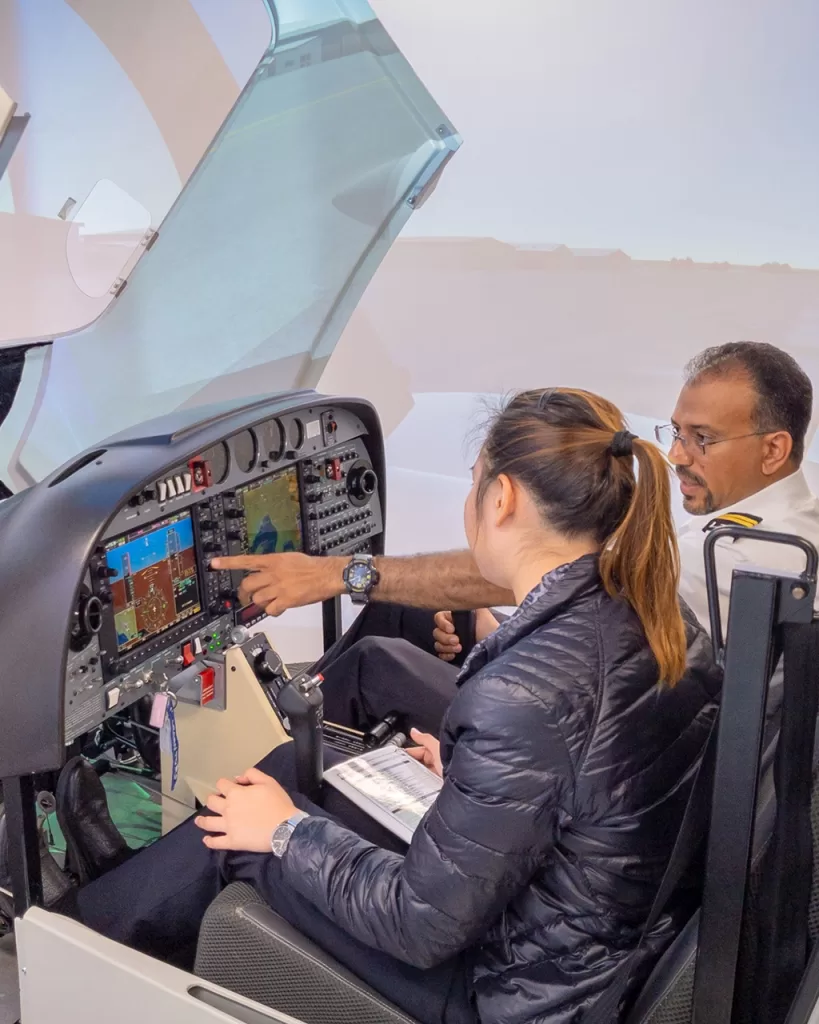
What Are the Benefits of Completing Instrument Flight Training?
Having to fly VFR means that you are limited with the number of hours you can fly, often based on things that are out of your control. When you are trying to build flight hours, it can be frustrating when changes in the weather cancel your flights. It can also be frustrating when other flights are delayed and you run out of daylight hours to go flying.
Completing an Instrument Rating training course will allow you to fly in the dark, and in most weather conditions. This means that you will be able to fly when others can’t, and you will build your flight hours far more quickly.
Pilots with IFR training are far more desirable to employers in most pilot roles. In fact for many pilot roles, including airlines, having an Instrument Rating is required.
Aside from the skillset and career benefits mentioned above, instrument flight training means that you can fly in some stunning conditions. You can enjoy the amazing sensation of soaring both through thick cloud, and above it. You can watch colourful sunsets from the sky, and cruise above sparkling city lights.
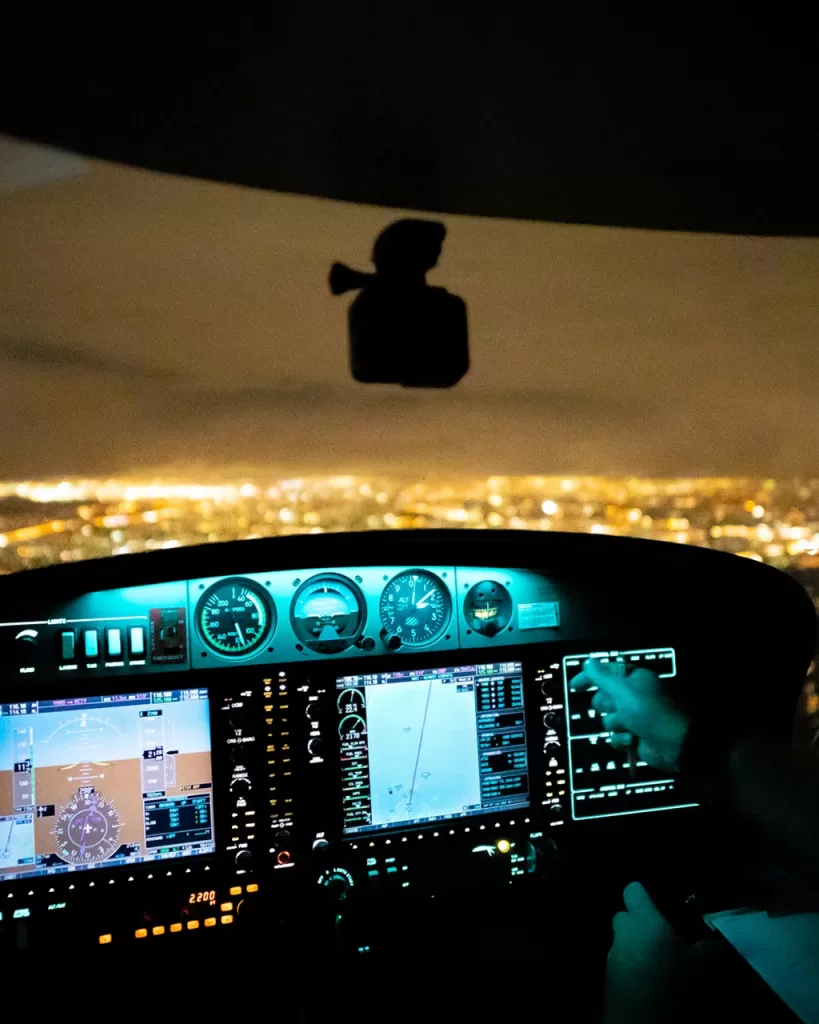
Meet Instrument Rating Training Graduate Mickey Wu
Taiwan student Mickey Wu has just completed his Commercial Pilot Licence, along with a Multi Engine Class Rating and Multi Engine Command Instrument Rating (MECIR), as well as 5 ATPL theory exams. He completed this in just 14 months, and he was unable to fly during 3 of those due to our forced coronavirus lockdown.
Following his amazing achievements, and before he jumped on a plane back to Taiwan, we had a chat to Mickey about his IFR training and his thoughts on the MECIR course.
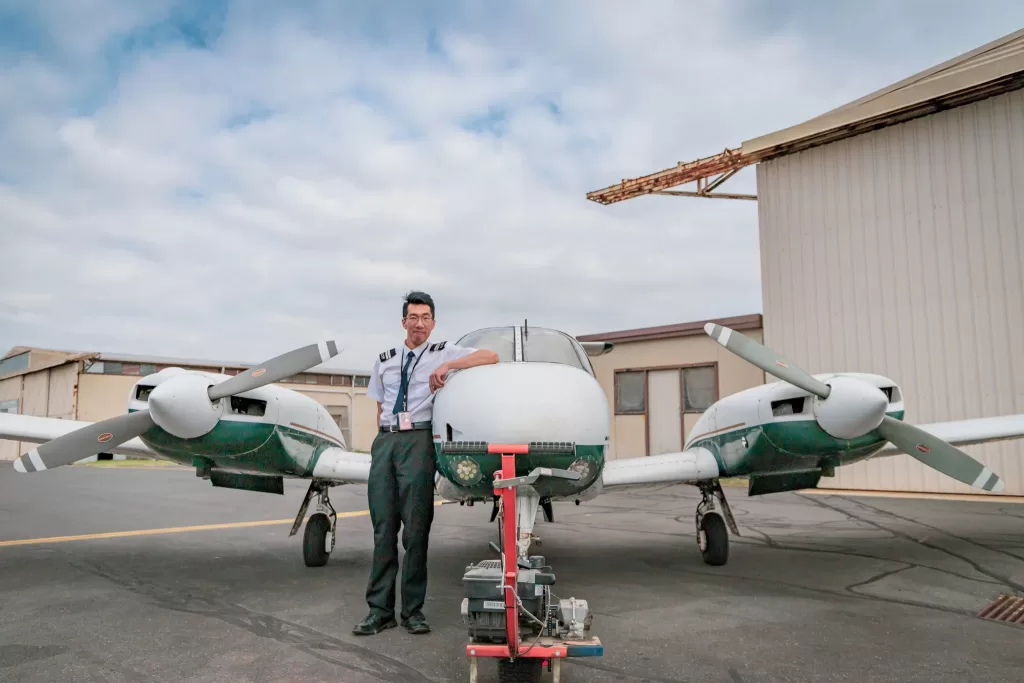
What are the main differences in flying during instrument flight training?
Instrument flight training is simpler, but not easier, if that makes sense. This is because it is all process and procedure based. Your planning is simpler. ATC provides you with more information. Learning all of the procedures is hard, and it feels like you are going right back to square 1 at the start. Once you are familiar with them however, everything just feels simpler. You feel like a real airline pilot.
What new skills have you learnt during IFR training?
I have developed a much larger understanding of ATC terminology. My communication skills and the my relationship with ATC has really improved. Instrument Rating training gives you hands-on experience with a lot of things that you learn in theory. Some of these things you might not use a lot in VFR flight. It’s a great feeling when you realise it’s not “just theory” anymore and you put your knowledge into practice.
How have you used the simulators to help with your training?
On the simulators you can train different types of approaches, and some are much harder than others. When you are training in a sim and you make a mistake or you want to do it again, you can just restart. It’s far more costly to do this in an actual aircraft. With my LTF instructor, we trained on the Alsim AL42 simulator as well as the G430 X-Plane simulator.
What are the benefits of completing an Instrument Rating?
Completing an Instrument Rating will allow me to build more hours quickly by flying in more conditions. It is required by the airlines, which is my ultimate goal. It will also make me more employable in other pilots roles, including becoming a Flight Instructor which I will find very rewarding.
Why would you recommend choosing Learn To Fly to complete an Instrument Rating course?
I have had the best year of my life in Australia at Learn To Fly. I really enjoyed the people and the atmosphere. The instructors are very supportive and come from a wide range of experience and backgrounds. At LTF you can choose from a range of reliable aircraft. You can choose to fly in a glass cockpit aircraft like the DA42, or an analogue cockpit like the Piper Seminole.
If you are interested in finding out more about our flight training courses and online learning options, email [email protected] or visit https://drift.me/learntofly/meeting to book a meeting and school tour.









